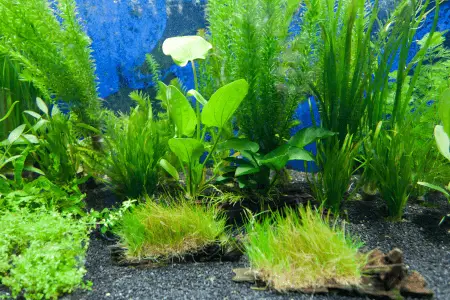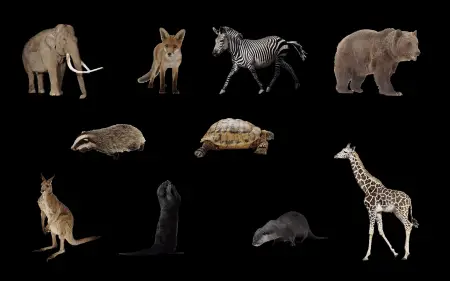Human beings undeniably need plants and animals. From our favorite green salads to our loving pets that give us comfort when we get home from work, animals and plants are indeed part of our daily lives. Both are living things, but are different in so many ways. This article will discuss the difference between plants and animals.
Summary Table
| Plants | Animals |
| Autotrophs | Heterotrophs |
| Do not have nervous systems, digestive systems and sensory organs | Have nervous systems, digestive systems and sensory organs |
| Secrete their waste products | Excrete their waste products |
| Plant cells are rectangular and have cell walls | Animal cells are irregular in shape and do not have cell walls |
| Indeterminate growth | Determinate growth |
| Stationary | Can move independently |
| Contains chlorophyll | Does not contain chlorophyll |
Definitions

Plants are one of the main categories of living things. Most of them are green because of the green-colored pigment, chlorophyll, in their leaves and sometimes other parts.
Plants are autotrophs, meaning they are able to make their own food. They do not have a digestive system, but are able to synthesize their own food through a process called photosynthesis. In this process, they use energy from the sunlight to process food from the carbon dioxide and water they obtain from the soil and atmosphere. The byproduct of this process is oxygen and other elements which they secrete.
Additionally, the plant cells, which are rectangular and enclosed in a cell wall made of cellulose, continue to grow through their life span. This makes plants grow indeterminately as long as the space allows. This is why the size of a plant often depends on the size of the container they are in. For example, if a mango tree seedling is placed in a small pot, it will never grow big and will likely remain as is. Plants reproduce on their own through their roots and shoots, or with the help of other plants by producing and fertilizing seeds.
Though some plant organs, like the buds and leaves, make slight movements, plants are stationary.
They stay in place because of their roots.
They do not have sensory organs or a nervous system.

On the other hand, animals are heterotrophs, which means they are unable make their own food. They survive by feeding on other living things, such as plants or animals, whether indirectly or directly. Animals use their digestive systems to digest their food so they can store carbohydrates. They excrete waste in the form of urine and feces.
Animals have muscles and other tissues which give them the ability to move around independently through their extremities. They have sensory organs and a nervous system which make it possible for them to be responsive to stimuli.
The cells of the animals, which are irregular in shape, do not have walls. They have a determinate growth, which means there is a limit to their size.
This explains why rats do not grow to the size of an elephant. Animals reproduce either by mating with the same species or by asexual reproduction – multiplication without a mate.
Plants vs Animals
What, then, is the difference between plants and animals?
Both are multicellular living organisms, but they are vastly different.
In terms of movement, plants do not have muscles so they cannot move independently. Animals have muscles and limbs so they can move around on their own. Plants also do not have a nervous system or sensory organs, unlike animals, so they are unable to respond to stimuli.
Plants do not have a digestive system and they are autotrophs which means they are able to synthesize their own food. On the contrary, animals are heterotrophs and are dependent on other living things and feed on. Plants secrete most of their waste product, but animals excrete theirs by defecating and urinating.
Moreover, animal growth is determinate, while plant growth is indeterminate. Both plants and animals may reproduce asexually or sexually. Plant cells are rectangular and are enclosed in a cellulose wall, while animal cells are irregularly shaped and do not have cell walls.





